Brian Wiley is as dynamic as the Chicago skyline he helps illuminate. As a lighting designer at Schuler Shook, Wiley is breathing new life into historic Chicago landmarks, high-end hospitality spaces, and public environments with a bold and innovative approach to lighting design.
Currently, Wiley and other designers from Schuler Shook are illuminating the exterior of the Tribune Tower Redevelopment, a multi-year project transforming the former home of the Chicago Tribune into luxury condominiums. When he’s not at work, Wiley lends his design expertise to illuminate nonprofit events benefitting his local community.
We were thrilled to speak with Wiley and learn more about his work. Read our interview with the talented lighting designer to learn about his upcoming projects, favorite lighting techniques, advice to aspiring designers, and predictions for the industry’s future.
Your Craft
How would you describe your lighting or artistic style?
To achieve successful lighting, one can’t have a specific style. Before you start throwing rotten tomatoes, allow me to explain. A cathedral in the Gothic Revival style craves restraint. With design so detailed and intricate, it’s easy to get heavy handed and want to hit everything with light. It takes discipline to hold back, uncover which elements are important, and embrace the shadows, all while concealing fixtures as much as possible. On the other hand, a modern social darts club insists on a more “in your face” approach. Pendants made of cabochon lights flashing to the beats of music while color-changing flex neon taking the place of graffiti on the walls creates a dynamic and edgy environment.
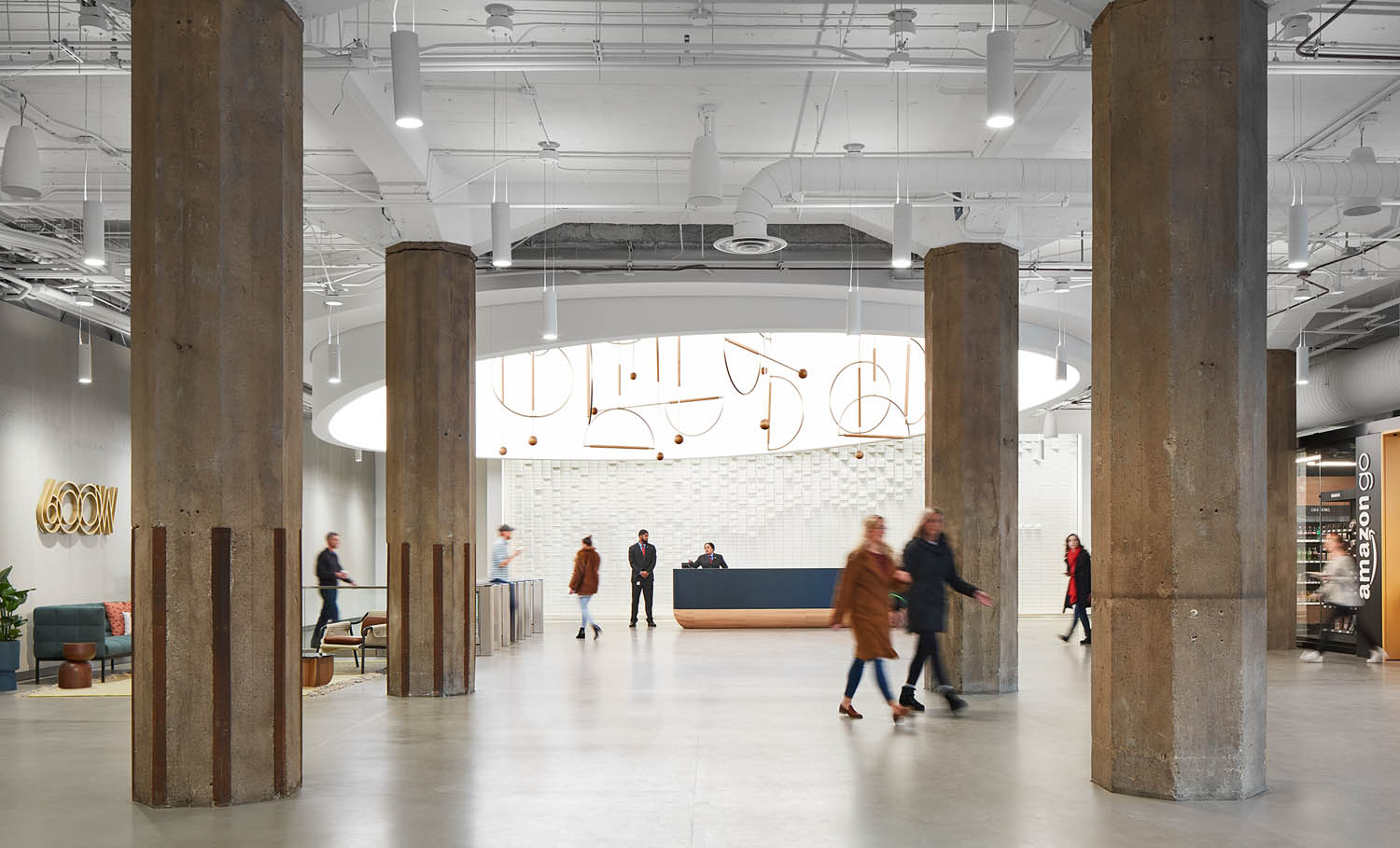
A good lighting designer is adaptable, innovative, and creative. Each project is a puzzle waiting to be solved. Some have similar answers, but some are quite different. To be successful, a designer must approach each project uniquely and be ready to learn, listen, and be willing to try something new.
What types of spaces or projects do you enjoy illuminating?
You’d think that my background in interiors would leave me biased towards those spaces, but in fact, I absolutely adore working on exterior projects. I simply love being outdoors and love the impact that good exterior lighting can have on a project, such as building facades, public parks, plazas, and landscapes.
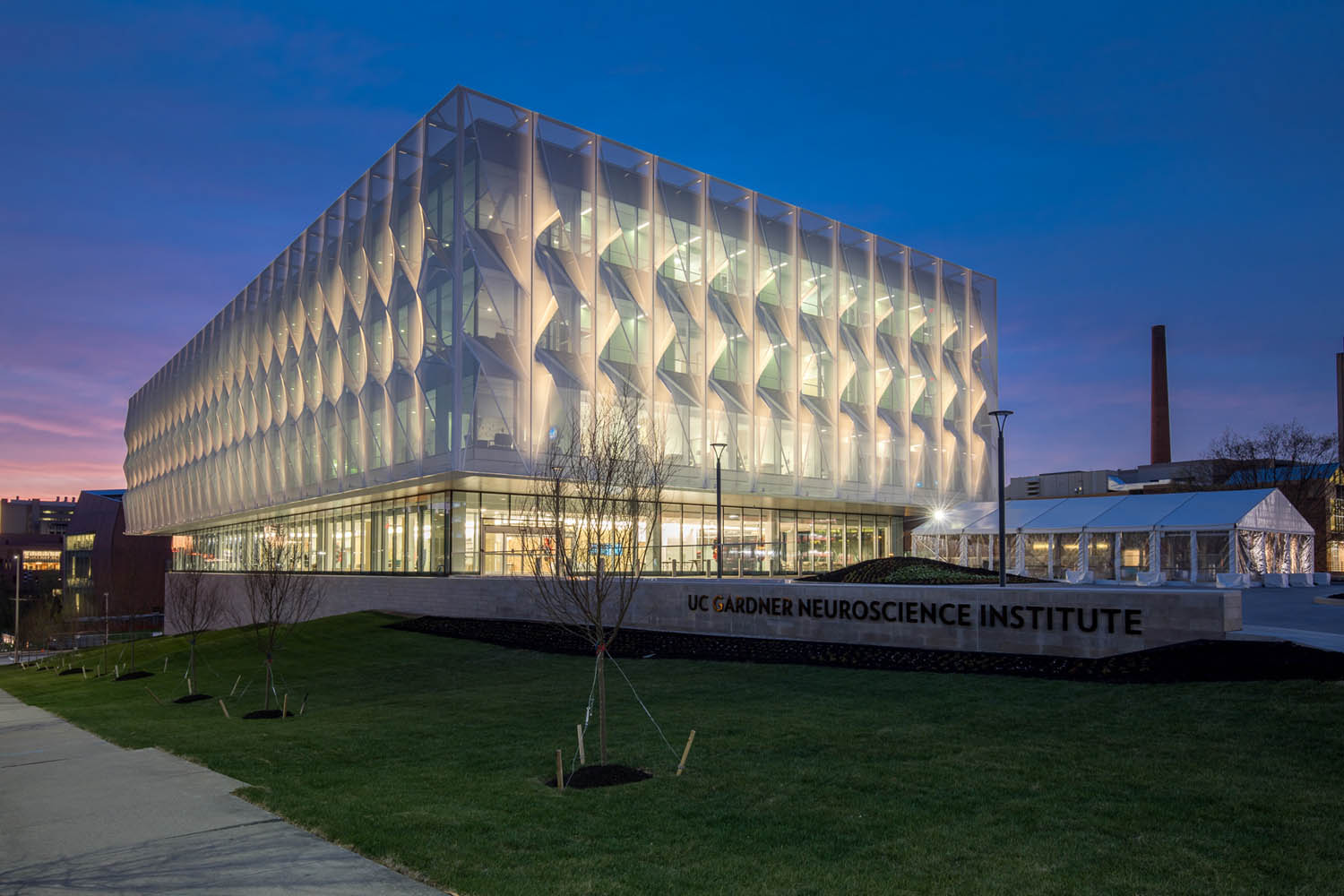
Additionally, I love working on landmarks, particularly exteriors. These projects are not only beloved and cherished pieces of architecture; they are also each a piece of art with a unique story to tell. No matter how stunning, landmarks are some of the most challenging puzzles.
Landmarks frequently have some of the most stringent requirements and limitations to make sure that the integrity of the architecture is preserved and the original design intent maintained. While restrictive, I personally feel that these projects always have the best reward when the project is completed. Aged historic landmarks given new life through intentional and thoughtful lighting is rewarding.
Tell us about one of your favorite lighting techniques and why?
Maybe this makes me basic, but I LOVE a good texture revealing graze. It’s everything I love about lighting design and architectural design wrapped up into one effect. Light and shadow, order and chaos, simple and complex. One of my favorite features of a graze is that we often use this effect on natural materials. Humans weren’t always interior dwelling beings and thus I love design that brings natural elements inside. A graze effect is also one of the easiest effects to go wrong, which makes it so much more satisfying when it’s done right.
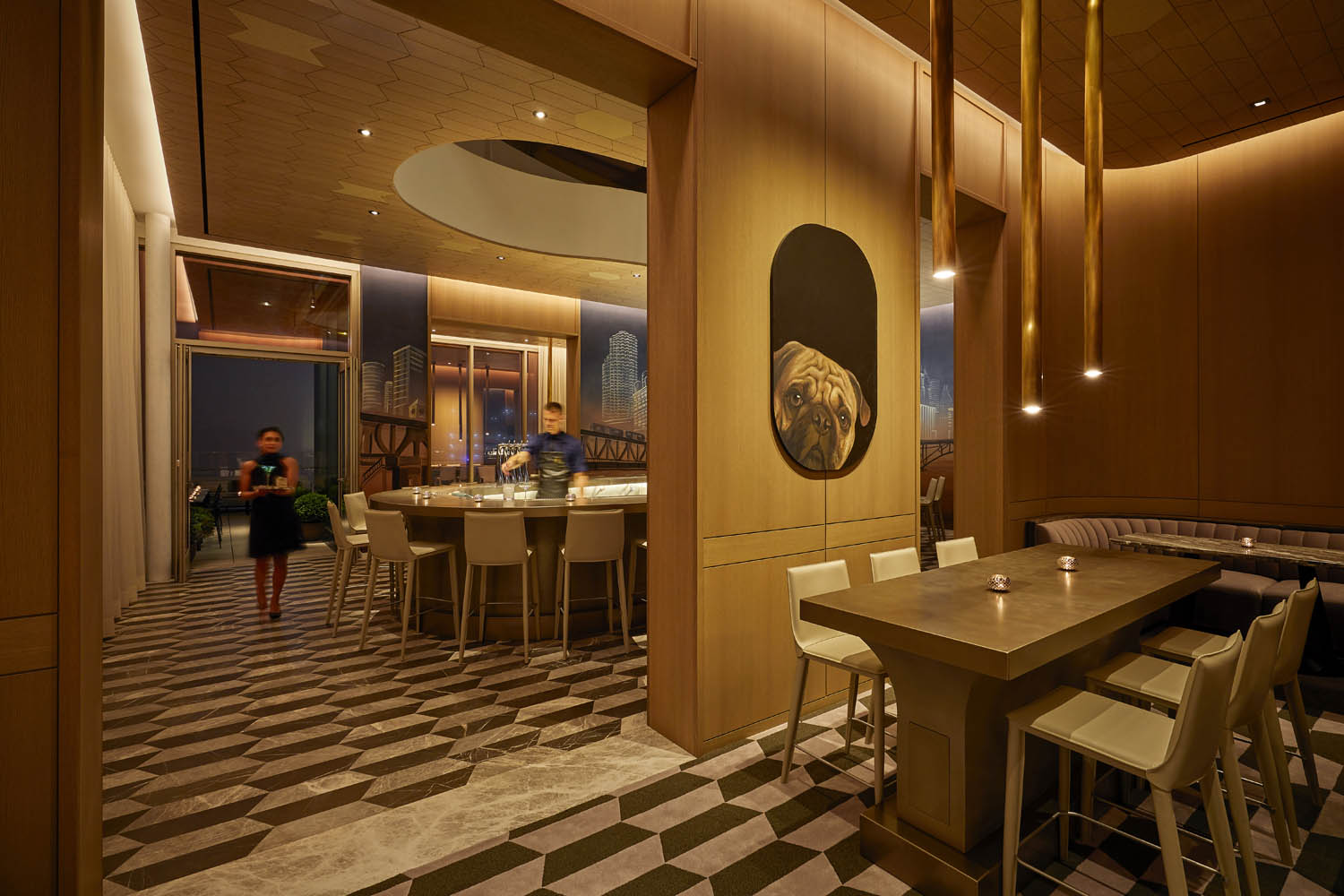
Can you tell us about one of your favorite lighting projects?
What was it about the final product that made it a standout project for you?
The project that continues to stand out to me is one that we’ve been working on for the last three years. The Tribune Tower Redevelopment is a project where the former home of the Chicago Tribune is being renovated into luxury condos. Schuler Shook was brought on to provide all new color-changing façade lighting, in addition to all exterior terraces, courtyards and the adjacent public plaza.
A landmark of Chicago, the Tribune Tower is a detailed historic façade, so careful consideration for fixtures and fixture locations was required. We evaluated many manufacturers for the project, had an in-house mockup for potential products, and four on-site mockups – one daytime and three evening mockups with the Chicago Landmarks Committee. We’ve worked hard to make sure that the best and most appropriate products were selected for the new lighting.
The Tribune Tower is a pillar of Chicago high-rises and prominently featured in many iconic skyline shots. Its well-known history and proximity to the lakefront and river make it one of the most iconic buildings of Chicago. It’s impossible to deny my pride in being involved in such an exciting and prominent project, but I’m also honored and humbled by how much I’ve learned and will take away from the job. I look forward to the completion of the new lighting scheme as it will transform the Chicago night sky, featuring the tower once again as a treasured monument. Stay tuned — we’re hoping it’ll be complete by summer!
Who or what do you look to for inspiration?
Someone once told me that in order to be the best, you have to surround yourself with the best. At Schuler Shook, I’ve had the opportunity to work with some of the best lighting designers who continue to teach me on a daily basis. There are also many other incredible designers across the globe who do things differently and I love to take inspiration from them.
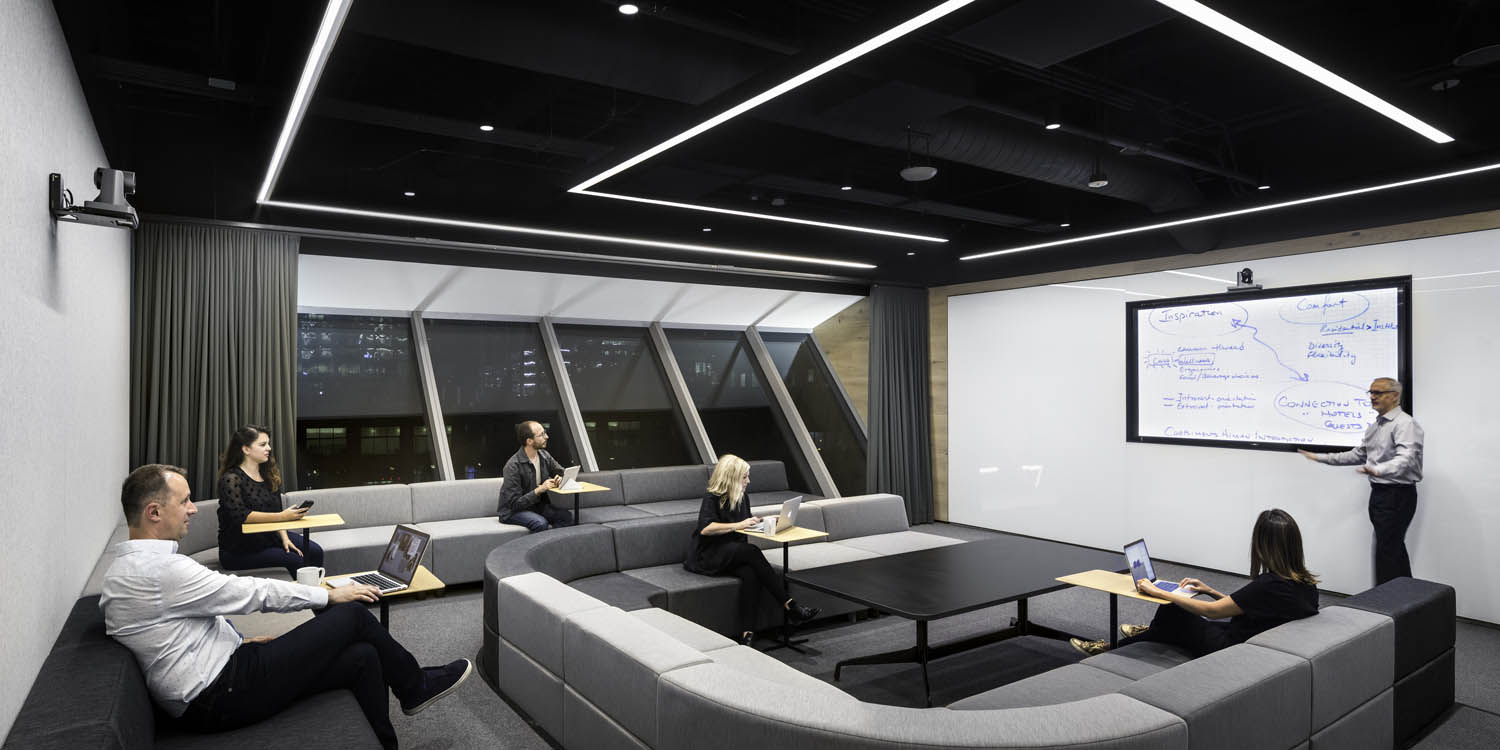
In the states, we often joke about the Europeans and their love for “sparkle,” which we more crassly refer to as glare. Yet, I believe that there’s a time and place for everything. I’m certainly not suggesting we go filling our spaces with uncomfortable and disabling lighting, but rather, let’s explore the idea of sparkle as a concept. A perforated metal panel sits in front of refractive glass that together enclose a wall cavity filled with LEDs, slowly pulsing independently of each other. And look, we’re on to something. Or, maybe we’re not, but that really doesn’t matter. What is important is that we look at the work of others and use it to provoke our own ideas.
I also really enjoy seeing the work of our friends in Central and South America – I find a particular uniqueness in their work. Personally, I’m drawn to two particular directions I see from their projects. The first is design with airy and playful undertones, while the second is the more serious projects that exude romance and sincerity, while both retain this effortless quality. What inspires me most is the obvious fearlessness in their work. The passion in their designs is palpable and I strive to connect to my work in the ways that they do.
What’s one of your most profound memories as a lighting designer?
Hands down, our third mockup for the Tribune Tower Redevelopment. Part of the project is a redesign of the adjacent public plaza. Our design called for color-changing light projections on a pathway down the center of the plaza. At the mockup, we were testing various gobo projectors from our desired mounting height. So here I am on a fifth floor balcony shooting light projections down to the plaza below. Not seconds after the projections hit the ground, a young girl came running and began to dance in the light. She was quickly followed by her mother who danced along with her.
The projection quickly became the center of attention and people came to investigate and walk through the light. That moment validated my becoming a lighting designer. I love how light created something, provoked emotion, and achieved a response.
Advice
What advice would you give to lighting designers starting out in the field?
Network, network, network. To an emerging professional, “networking” can be a filthy word, but it really is a gamechanger. Networking was always my least favorite part of my career, but now, I’m usually one of the last people to leave an event. Here are a few tips to help emerging professionals become networking pros:
- Ask Questions. If you’re not a talker, or if you’re shy in new situations like me, asking people questions takes the heat off of you. And guess what? People LOVE to talk about themselves! Here’s a favorite conversation starter: “How did you get into lighting?” Everyone has a story and some are rather fascinating. Ask about their schooling, favorite project, what inspires them, what projects they’re working on now, and just keep them talking — you’re out of the spotlight!
- Two drink max. Alcohol at networking events is like pigeons in Central Park. Nothing is more unappealing in the professional world than someone who’s lost control of their tongue, and there’s nothing more embarrassing than saying a little more than you should. At the end of the day, you’re at a work function. Keep it classy.
- When all else fails, find your Giulio. I quickly learned that a man in my office knows literally everyone and is by far the textbook definition of a social butterfly. When I got uncomfortable at networking events, I’d simply go stand with Giulio and the rest took care of itself. Giulio would introduce me to all sorts of people and I never had to worry about keeping the conversation going. Keep in mind that you don’t want to become that person who’s just standing there, so make sure to jump into the conversation here and there. Or better yet, ask a question!
What’s the most valuable lighting tip you can share?
Get your hands on samples! Nothing compares to seeing the actual fixtures you plan on using. While LEDs have been around for years, there’s still so much variation in them. A 3000K from one manufacturer can look different from another, one manufacturer’s ‘flood’ distribution is someone else’s ‘spot’, and LEDs respond differently to dimming drivers than others.
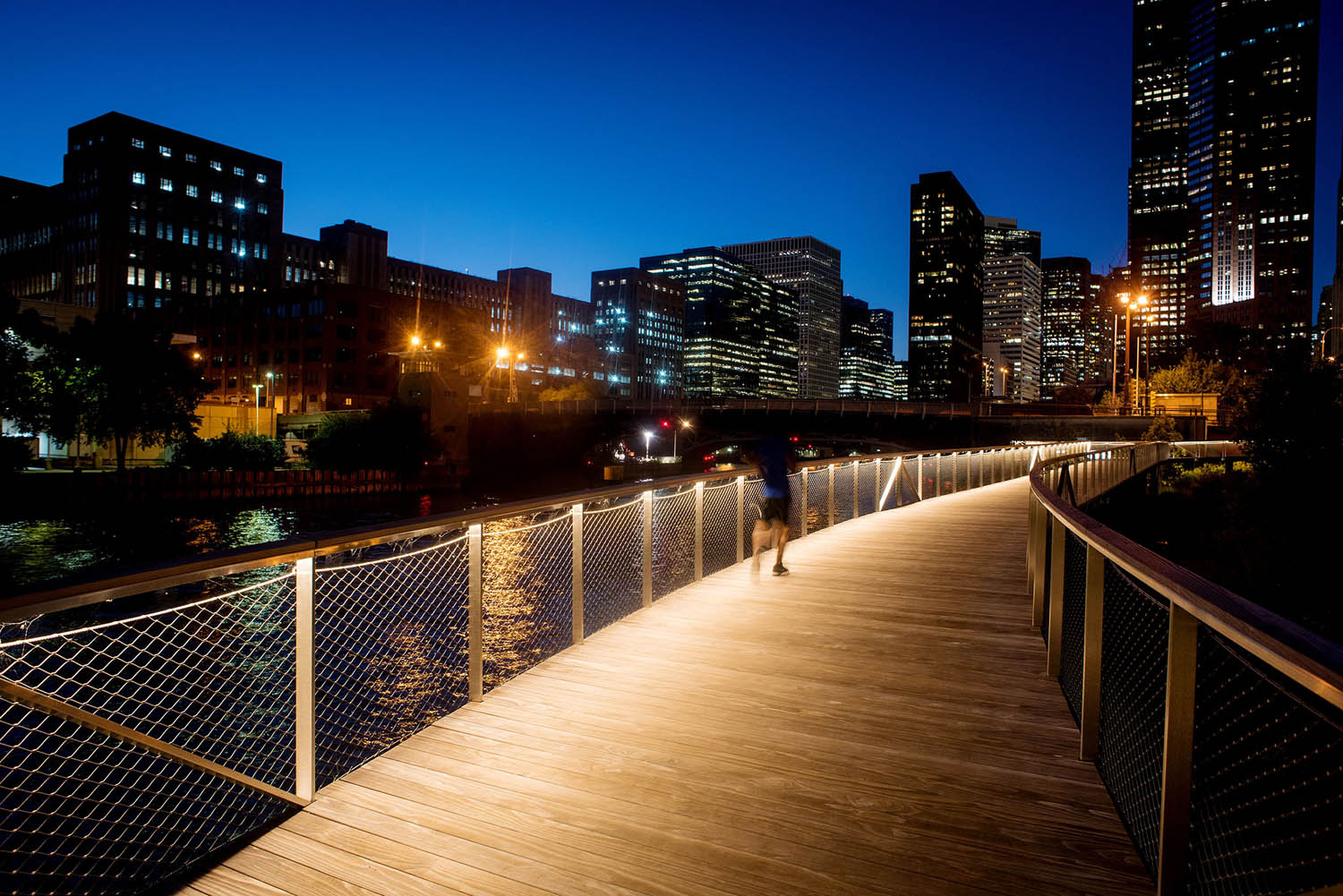
It seems that the consistency that traditional sources offered is out the window. The best way to be sure of what you’re getting is to get your hands on it and test it out. You can learn so much from samples, which will help ensure the best results in your design.
Where do you think the lighting design industry is headed?
How do you feel about the direction it’s taking?
IOT! And I don’t mean Internet of Things. As we move forward, we can expect to see an exponential growth of the “Integration Of Things” into light fixtures. We’re already seeing it to some degree, but I expect it will only continue as time goes by. In architecture, we love to keep ceilings free from devices, sensors, HVAC, and other things, but if there’s one thing that usually has to stay, it’s got to be light fixtures. Over the years, we’ve seen HVAC and daylight, occupancy, and other various sensors integrated into light fixtures. More recently, we’ve seen the real IoT, acoustical materials, plants, and with the ongoing COVID pandemic, germicidal UV.
While I love new products and technologies, I question how this will change the role of a lighting designer. How much will lighting designers be expected to be the experts on all of these new technologies? How will these technologies impact the quality of the light fixtures and the light they produce? As products continue to evolve, we must be willing to change with them. Those unwilling to adapt might be left behind.
In terms of product innovation, what are you most excited about in terms of future products
or technology still in the early stages?
I’m looking forward to seeing warm-dim technology continue to evolve. Static white LEDs feel so flat and gray when they dim, which renders them problematic in hospitality and residential applications. While yes, the technology is out there, it’s still relatively new and I believe manufacturers will continue to refine them to match the color and dimming performance of halogen and incandescent sources. I look forward to the point where quality warm-dim is a standard option on the majority of projects, and thus easier to use on projects.
Your Background
What inspired you to pursue a career in architectural lighting?
Honestly, it sort of found me. While in school at Columbia College Chicago for Interior Architecture, my lighting class visited Schuler Shook’s office and they introduced us to the role of a lighting designer. It was in this presentation that I recognized the power of lighting design and how lighting can transform architecture and impact a space. This exposure really influenced my take on interior architecture and I was curious to learn more. I managed to talk my way into an internship with Schuler Shook and the rest is history.
Can you walk us through your career path?
After high school, I pursued a degree in Psychology. Not sure of where to go from there, I took a bit of time for myself to explore life and figure out what my next move would be. My next step was moving to Chicago for design school at Columbia College Chicago. It was there that I received my second degree in Interior Architecture. During my schooling, I sought out atypical internships to learn more about various aspects of the design and architecture industry. One with a manufacturer working with their sales team, one with a furniture dealer’s design team, and finally, my internship at Schuler Shook.
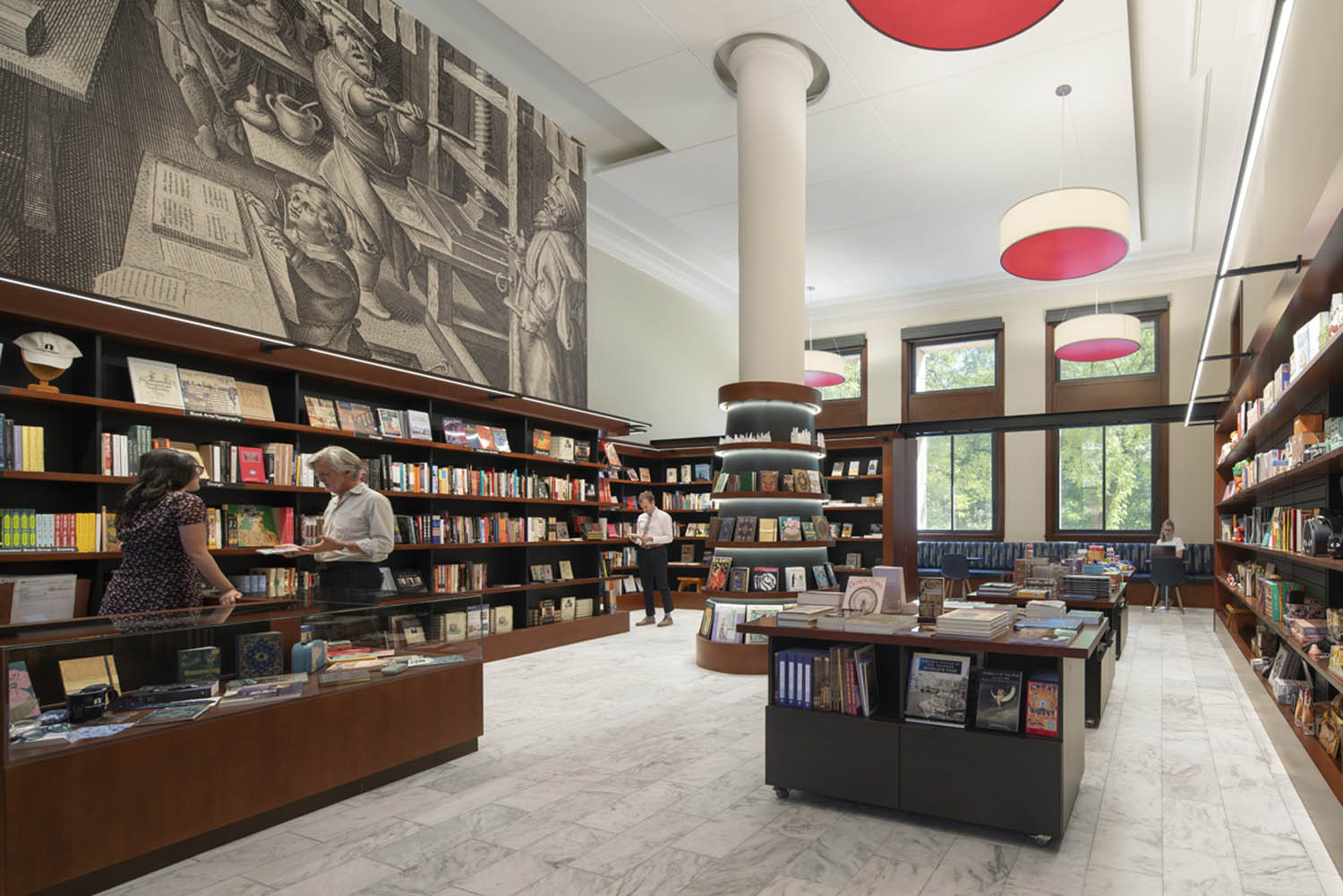
After graduating, I settled into a full-time position as a lighting designer. Since then, I have continued my education in the lighting industry and received my Lighting Certified certification. I’ve served on the IALD Enlighten America’s Content Advisory Committee for the past two years, where I have co-presented a DMX workshop and sat on a keynote panel at one of those respective conferences. Additionally, I have made a return to Columbia College Chicago — this time, as adjunct faculty teaching Construction Documents I and II for the Interior Architecture program.
Over the past few years, I’ve had the opportunity to also get involved in theatrical lighting design. In November 2017, some of my friends started a non-profit organization of drag queens who sing live and donate 100% of their show proceeds to LGBTQ+ charities in Chicago.
After relocating from a cabaret nightclub to an actual black box theatre, the queens had an immediate need for a lighting designer. Not having direct experience in theatrical design, I figured I had enough relevant experience in lighting that I could manage to figure things out. It also helped to know that a few of my Schuler Shook colleagues were former theatrical lighting designers. Now lighting three Broadway/cabaret-style productions a year, I’m happy to have found a way to volunteer and give back to my community while learning a new skill that translates to my professional career.
If you could articulate your philosophy about light in one sentence, what would you say?
Good design isn’t being the first to come up with a new idea, it’s about knowing how to use the tools in your toolbox in new ways.
Connect with Brian Wiley and Schuler Shook
| Website: | www.schulershook.com |
|---|---|
| Phone: | 312-374-4338 |
| Email: | bwiley@schulershook.com |
Social Media Handles
| Instagram: | @bwiley_LD | @schulershook |
|---|---|
| LinkedIn: | Brian Wiley | schuler-shook |
| Twitter: | @brianwileyLD | @schulershook |




